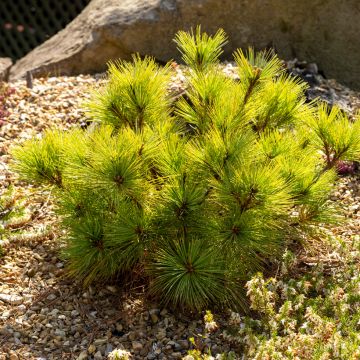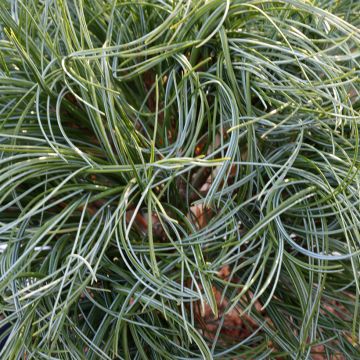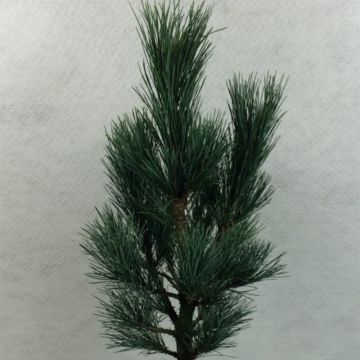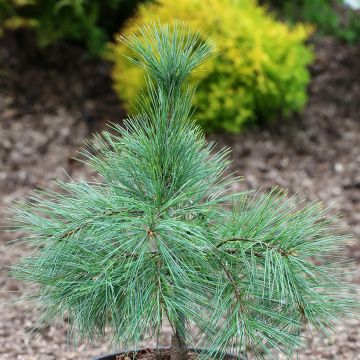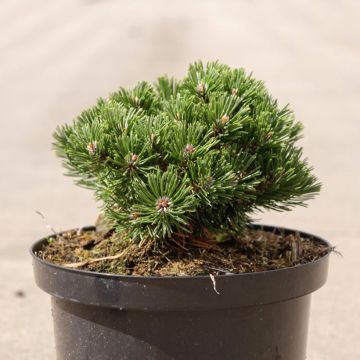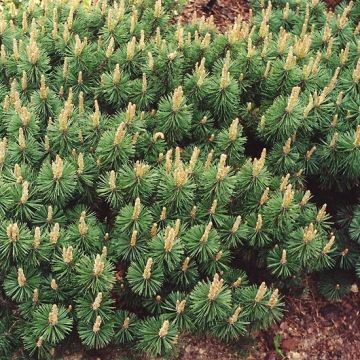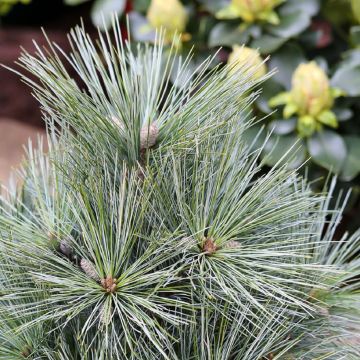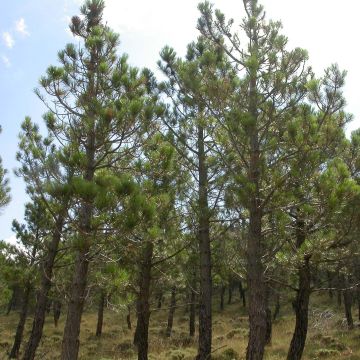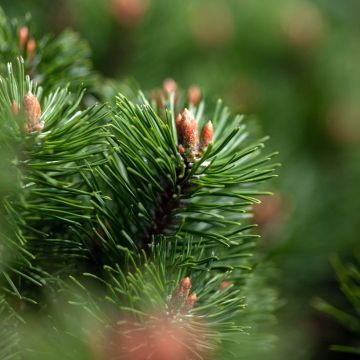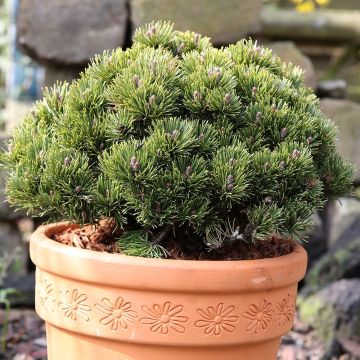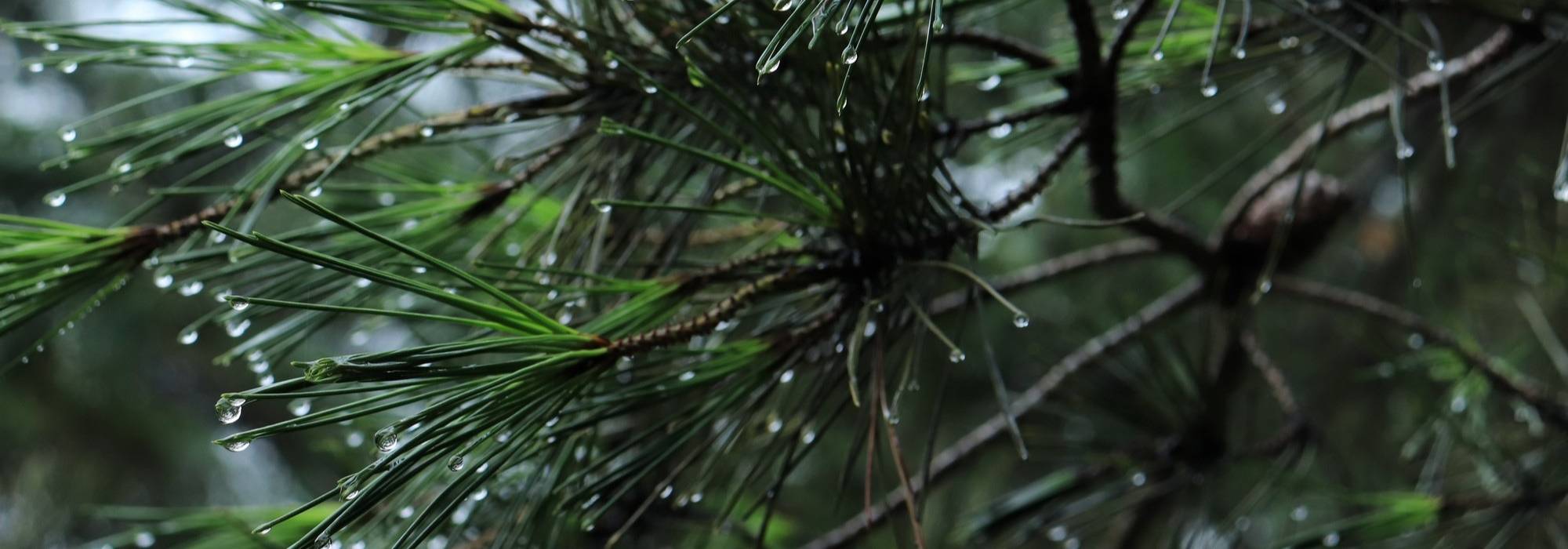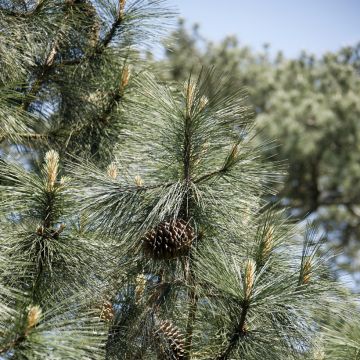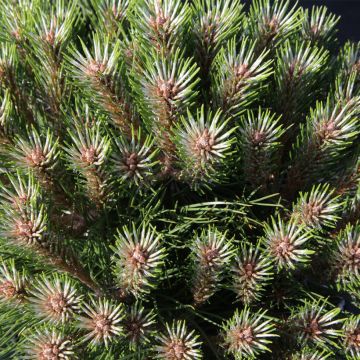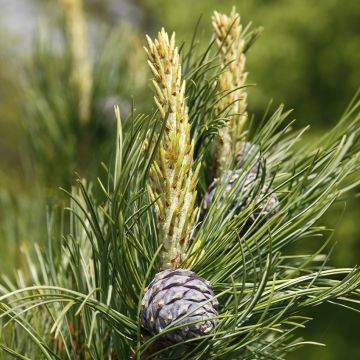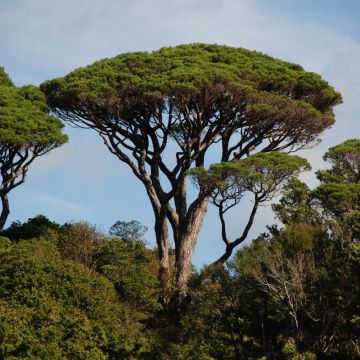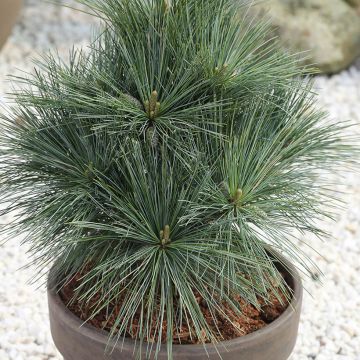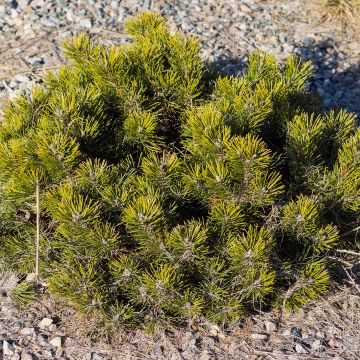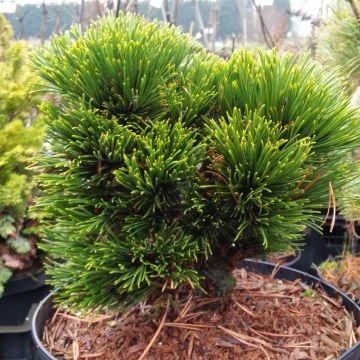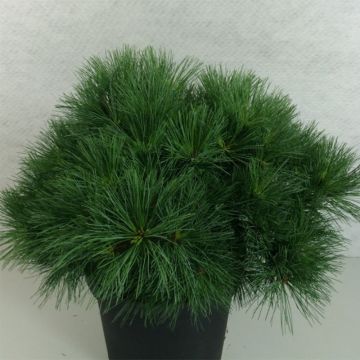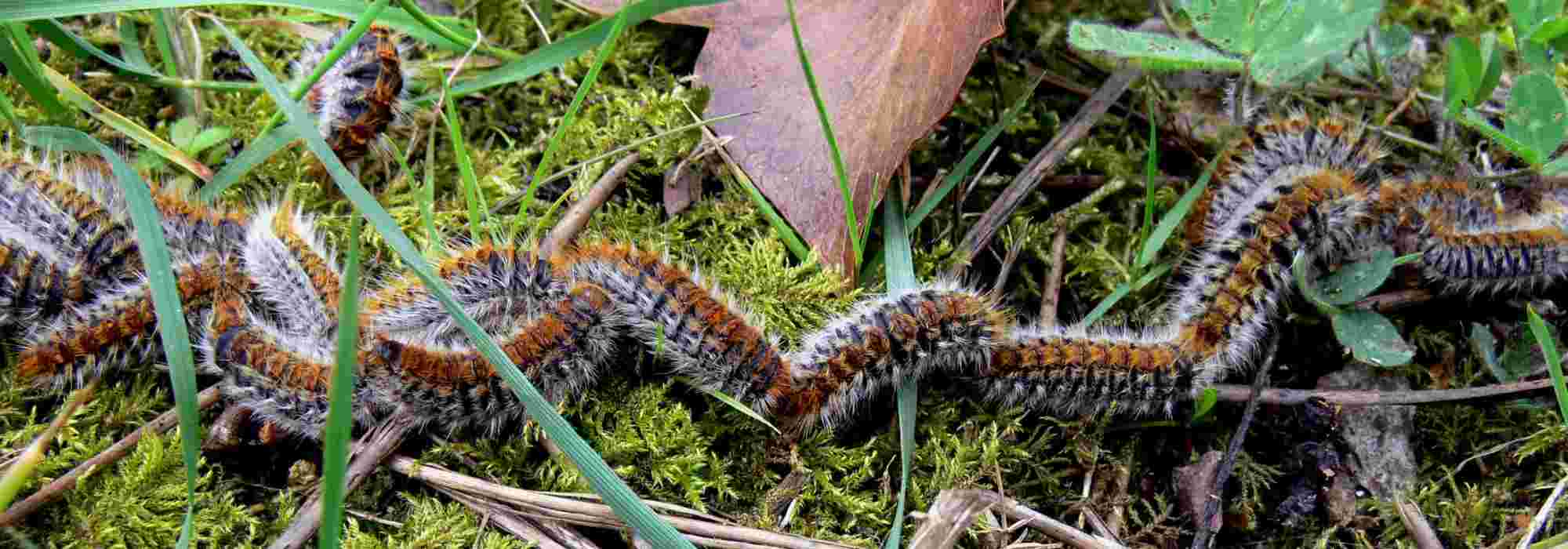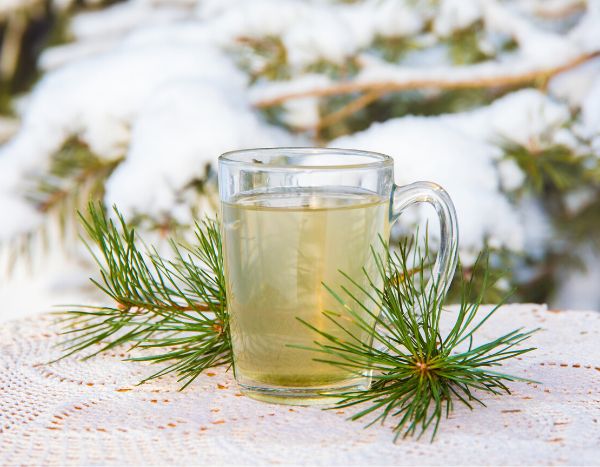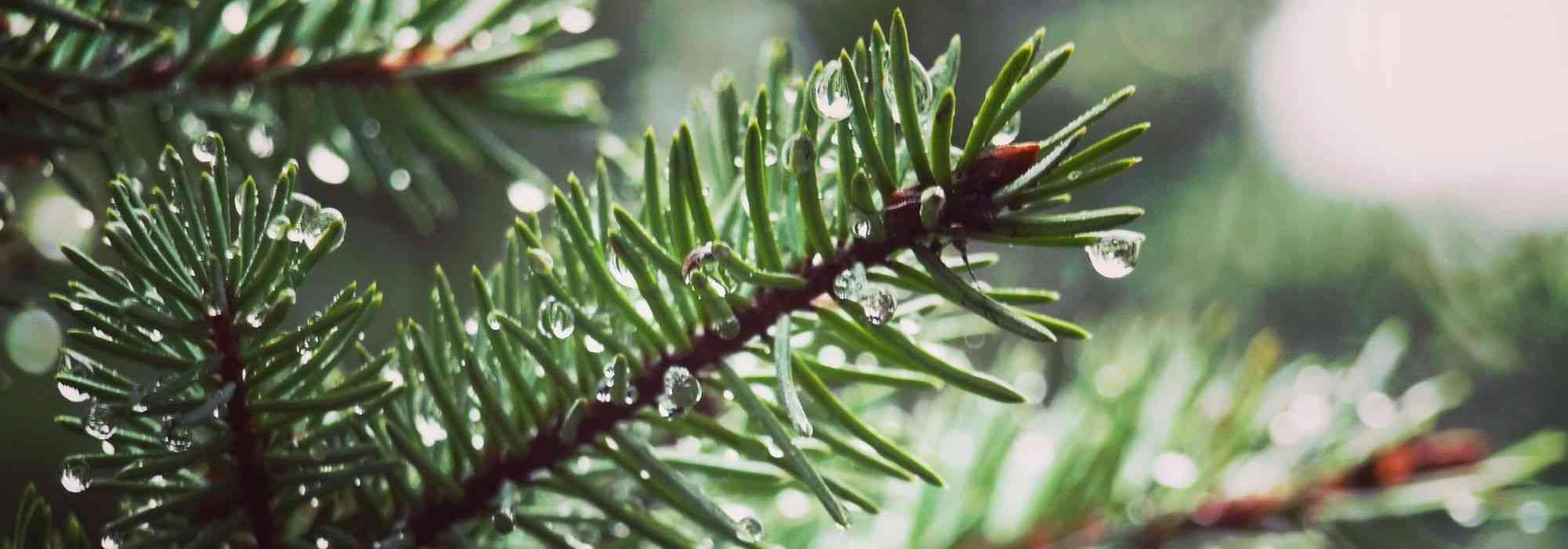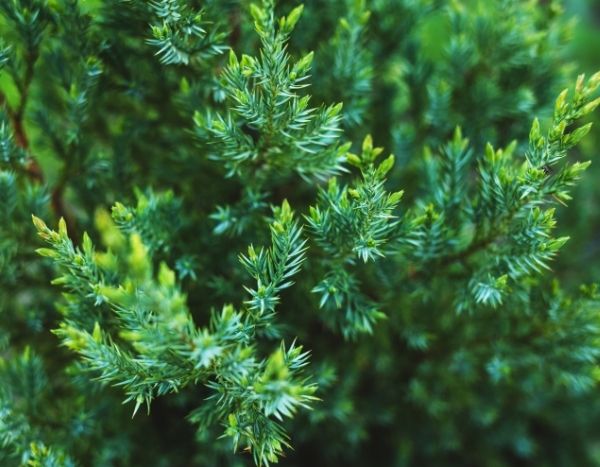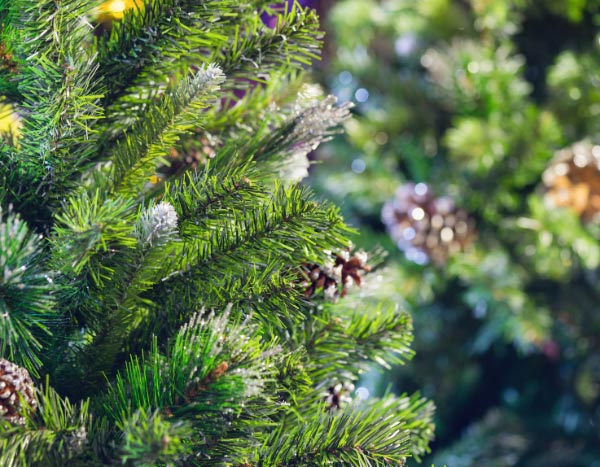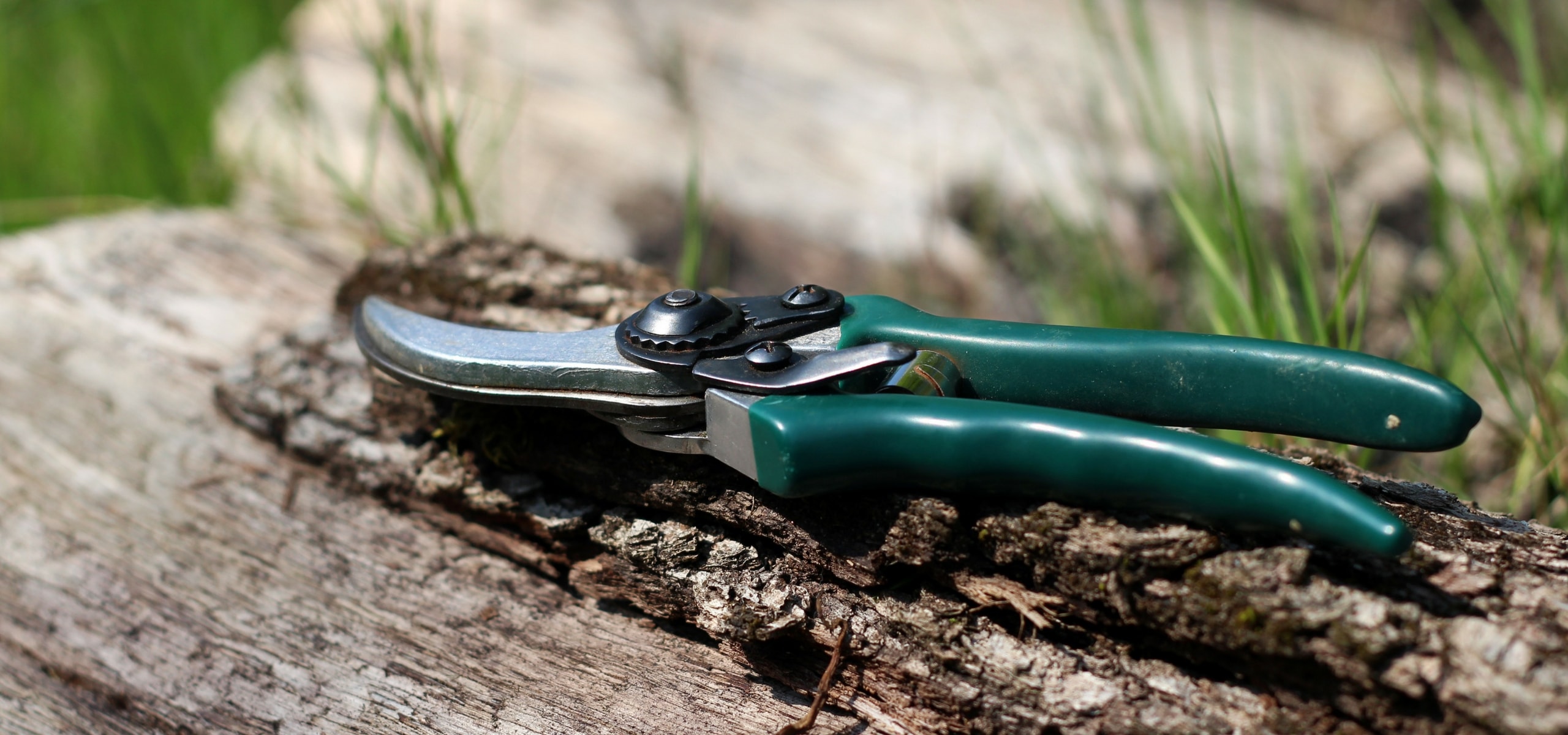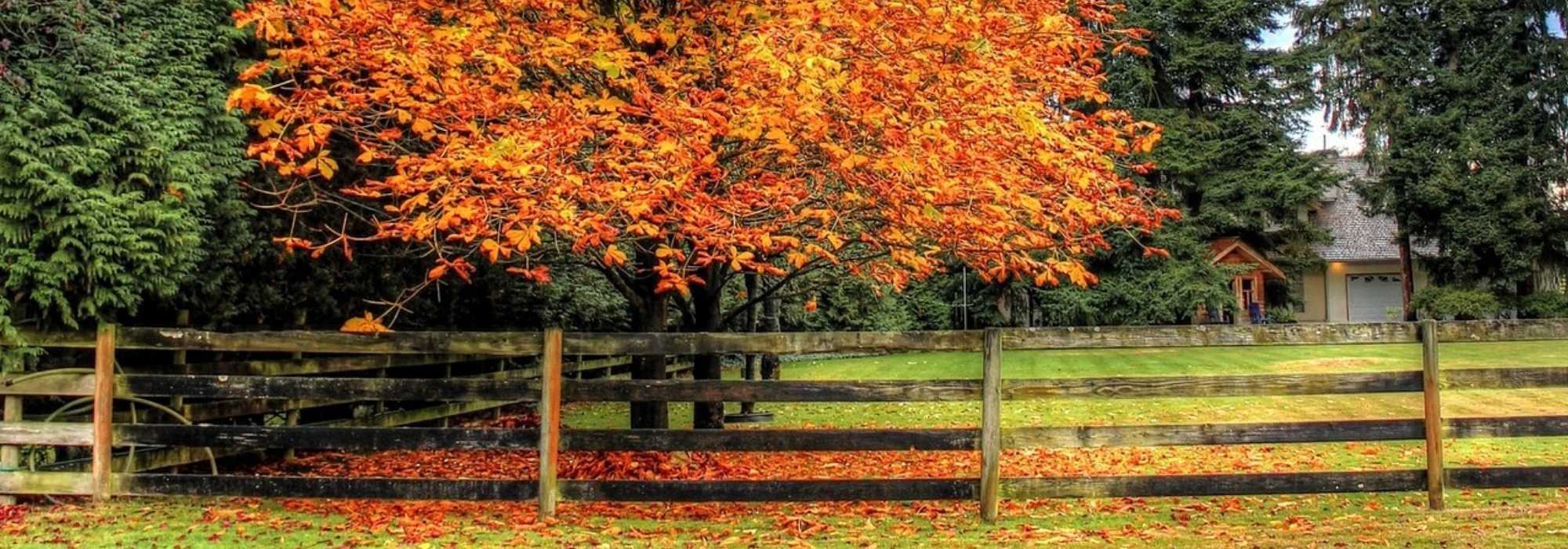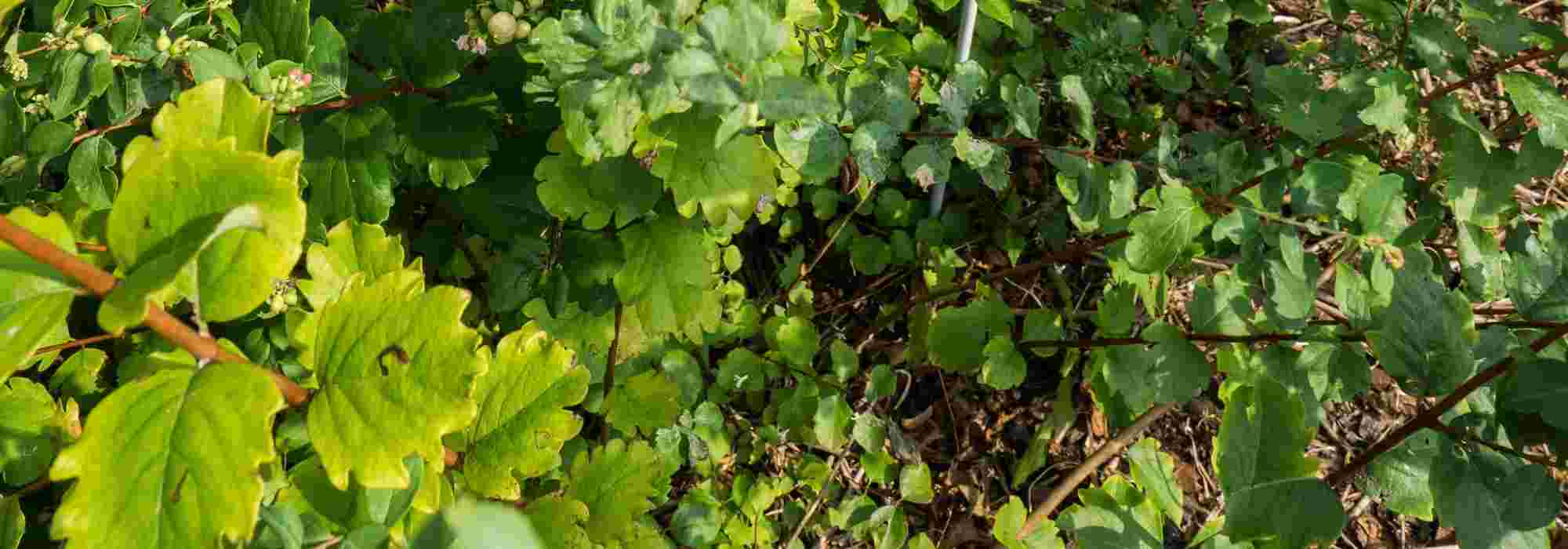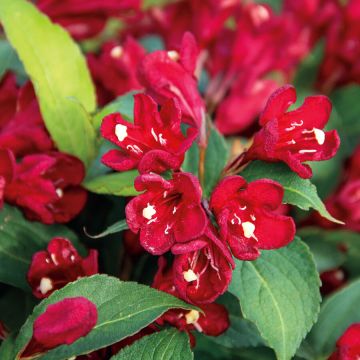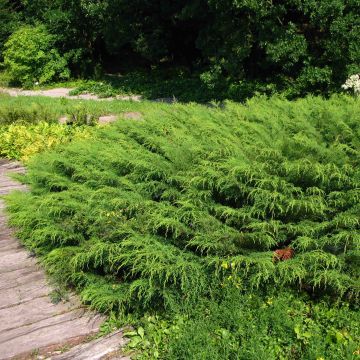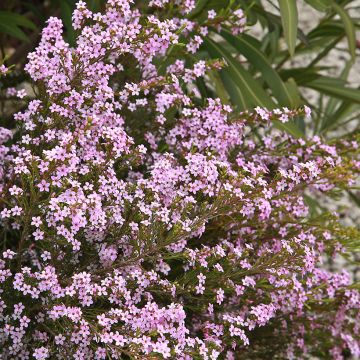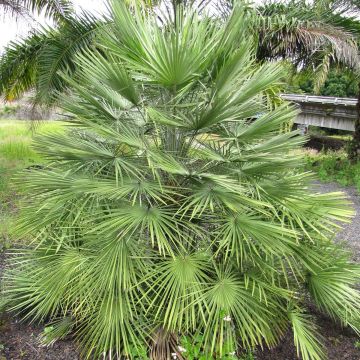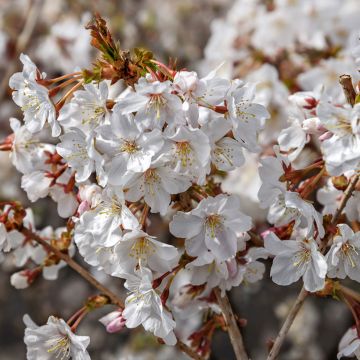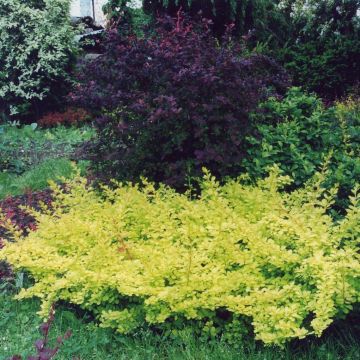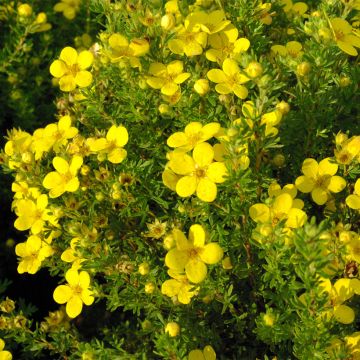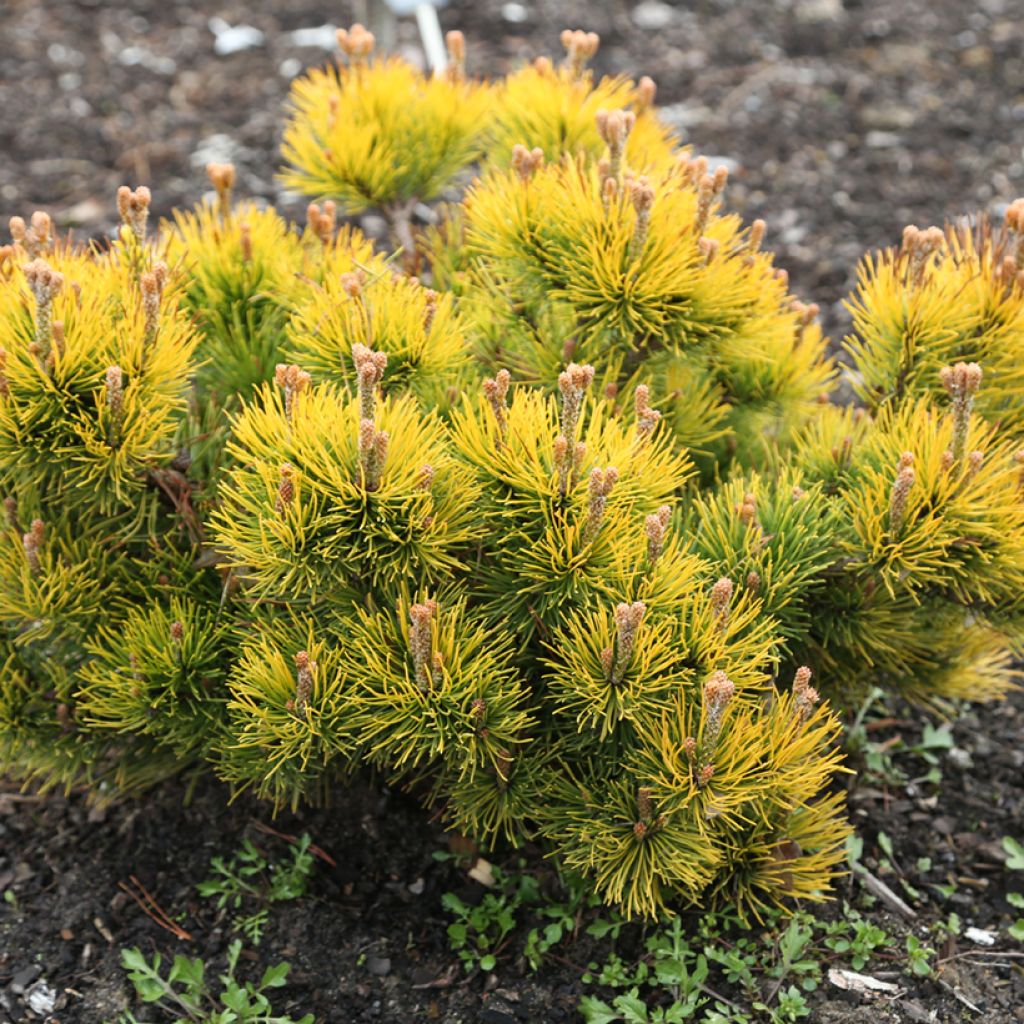

Pin de montagne - Pinus mugo Nana Balcanica Aurea
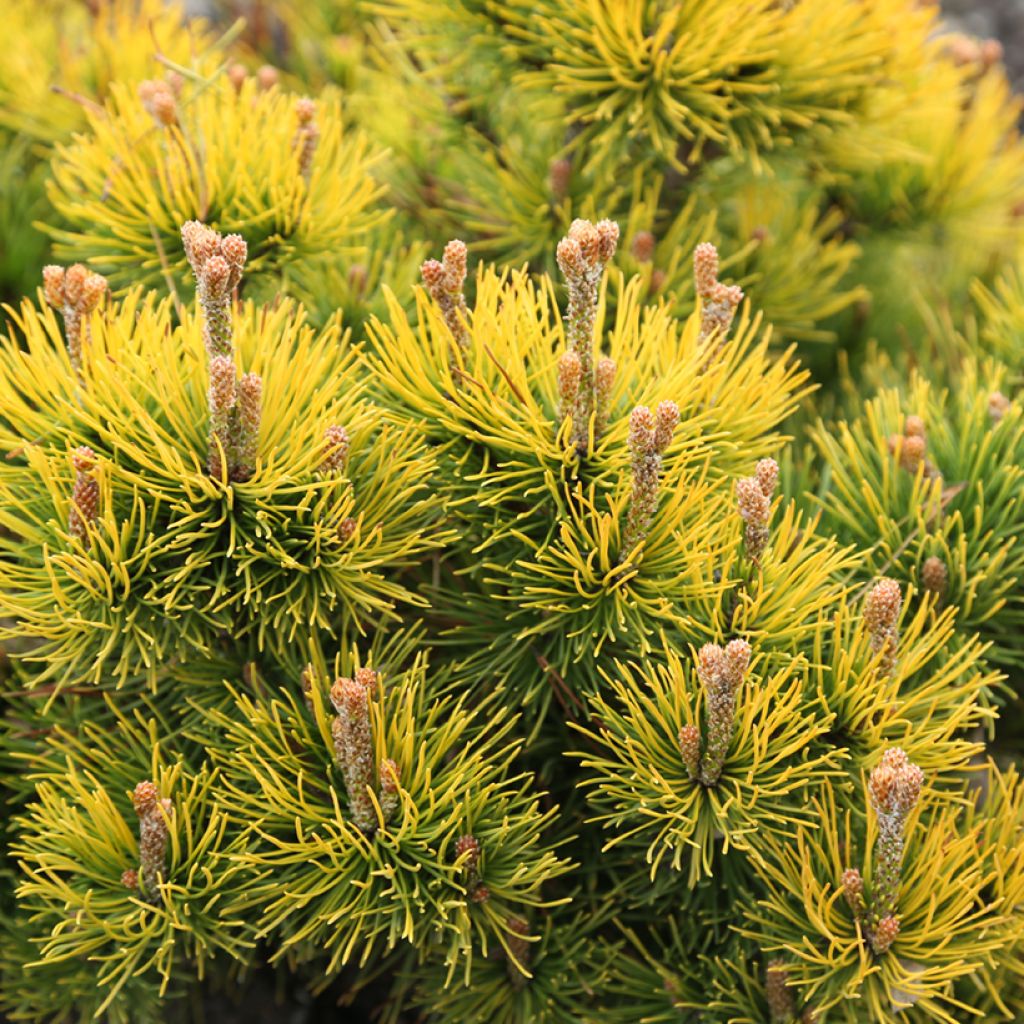

Pin de montagne - Pinus mugo Nana Balcanica Aurea
Pinus mugo Nana Balcanica Aurea - - Dwarf Mountain Pine
Pinus mugo Nana Balcanica Aurea
Dwarf Mountain Pine, Swiss Mountain Pine, Mugo Pine
Special offer!
Receive a €20 voucher for any order over €90 (excluding delivery costs, credit notes, and plastic-free options)!
1- Add your favorite plants to your cart.
2- Once you have reached €90, confirm your order (you can even choose the delivery date!).
3- As soon as your order is shipped, you will receive an email containing your voucher code, valid for 3 months (90 days).
Your voucher is unique and can only be used once, for any order with a minimum value of €20, excluding delivery costs.
Can be combined with other current offers, non-divisible and non-refundable.
Why not try an alternative variety in stock?
View all →This plant carries a 24 months recovery warranty
More information
We guarantee the quality of our plants for a full growing cycle, and will replace at our expense any plant that fails to recover under normal climatic and planting conditions.
Would this plant suit my garden?
Set up your Plantfit profile →
Description
Pinus mugo 'Nana Balcanica Aurea' is a very small mountain pine with a flattened, dense habit, whose foliage turns golden in autumn and winter. It is well-suited to small gardens due to its compact size and slow growth. It will add a beautiful touch of light to rockeries. Planted in a large container, it will enliven the terrace all year round. This is a fully hardy, very accommodating conifer that requires no pruning.
Pinus mugo, also known as the Mountain Pine or Dwarf Mountain Pine, is an evergreen conifer from the Pinaceae family. It is an endemic species to the mountains of Europe, found in the subalpine zone, avoiding summer heat, from the Spanish sierras through the high Alpine and Pyrenean ranges to the Balkans. It only descends to 200 m altitude in Central Europe. In the wild, it slowly reaches 3 to 4 metres in all directions, developing a windswept silhouette that reflects its exposed habitat. This is a very hardy species, well adapted to mountain climates.
The 'Nana Balcanica Aurea' variety has a broad, rounded, somewhat irregular growth. It differs from the wild species by its reduced size and truly compact, flattened spherical habit, along with its distinctly golden foliage from early autumn to early spring. Its growth is slow, meaning a 15-year-old specimen will not exceed 55 cm in height with a 1 m spread. The tightly packed small branches of this pine are covered with fine needles, around 4 to 5 cm long. Grouped in pairs and arranged in tufts around the shoots, they make this conifer easily recognisable. Young shoots emerge in spring from light brown, resinous buds. On its very short trunk, the bark is brown-grey, while it appears green and glossy, then black, on the shoots. This pine grows in most soils, even chalky ones, provided they are well-drained. Extremely hardy (down to -25°C or -30°C), it is wind-resistant but dislikes extreme heat or overly arid conditions.
Pinus mugo 'Nana Balcanica Aurea' can be planted in all gardens, even the smallest. It works well as a standalone feature, at the edge of borders or in rockeries. It can also be grown in large pots on terraces or balconies. This small pine is perfect for Japanese or contemporary gardens, as it pairs beautifully with large stones, the geometric lines of swimming pools, and stone features. It can be combined with other dwarf conifers of different colours, such as Juniperus horizontalis Blue Chip, a creeping juniper with soft blue-grey foliage. It also looks good with heathers, which are highly complementary and evergreen in winter.
Pinus mugo Nana Balcanica Aurea - - Dwarf Mountain Pine in pictures


Plant habit
Foliage
Botanical data
Pinus
mugo
Nana Balcanica Aurea
Pinaceae
Dwarf Mountain Pine, Swiss Mountain Pine, Mugo Pine
Cultivar or hybrid
Other Pinus - Pine
View all →Planting and care
Plant Pinus mugo 'Nana Balcanica Aurea' from September to November and from February to April in well-drained, moist to dry, even poor soil, whether calcareous or conversely peaty and acidic. It only dislikes scorching temperatures. Choose a sunny spot or, at a push, partially shaded in warm climates. Soak the root ball thoroughly in a bucket of water before planting. Optionally add organic matter at planting time, water generously for the first few years and during prolonged dry spells. You can apply a special conifer fertiliser every year in April and hoe the soil in summer.
Planting period
Intended location
Care
Planting & care advice
This item has not been reviewed yet - be the first to leave a review about it.
Similar products
Haven't found what you were looking for?
Hardiness is the lowest winter temperature a plant can endure without suffering serious damage or even dying. However, hardiness is affected by location (a sheltered area, such as a patio), protection (winter cover) and soil type (hardiness is improved by well-drained soil).

Photo Sharing Terms & Conditions
In order to encourage gardeners to interact and share their experiences, Promesse de fleurs offers various media enabling content to be uploaded onto its Site - in particular via the ‘Photo sharing’ module.
The User agrees to refrain from:
- Posting any content that is illegal, prejudicial, insulting, racist, inciteful to hatred, revisionist, contrary to public decency, that infringes on privacy or on the privacy rights of third parties, in particular the publicity rights of persons and goods, intellectual property rights, or the right to privacy.
- Submitting content on behalf of a third party;
- Impersonate the identity of a third party and/or publish any personal information about a third party;
In general, the User undertakes to refrain from any unethical behaviour.
All Content (in particular text, comments, files, images, photos, videos, creative works, etc.), which may be subject to property or intellectual property rights, image or other private rights, shall remain the property of the User, subject to the limited rights granted by the terms of the licence granted by Promesse de fleurs as stated below. Users are at liberty to publish or not to publish such Content on the Site, notably via the ‘Photo Sharing’ facility, and accept that this Content shall be made public and freely accessible, notably on the Internet.
Users further acknowledge, undertake to have ,and guarantee that they hold all necessary rights and permissions to publish such material on the Site, in particular with regard to the legislation in force pertaining to any privacy, property, intellectual property, image, or contractual rights, or rights of any other nature. By publishing such Content on the Site, Users acknowledge accepting full liability as publishers of the Content within the meaning of the law, and grant Promesse de fleurs, free of charge, an inclusive, worldwide licence for the said Content for the entire duration of its publication, including all reproduction, representation, up/downloading, displaying, performing, transmission, and storage rights.
Users also grant permission for their name to be linked to the Content and accept that this link may not always be made available.
By engaging in posting material, Users consent to their Content becoming automatically accessible on the Internet, in particular on other sites and/or blogs and/or web pages of the Promesse de fleurs site, including in particular social pages and the Promesse de fleurs catalogue.
Users may secure the removal of entrusted content free of charge by issuing a simple request via our contact form.
The flowering period indicated on our website applies to countries and regions located in USDA zone 8 (France, the United Kingdom, Ireland, the Netherlands, etc.)
It will vary according to where you live:
- In zones 9 to 10 (Italy, Spain, Greece, etc.), flowering will occur about 2 to 4 weeks earlier.
- In zones 6 to 7 (Germany, Poland, Slovenia, and lower mountainous regions), flowering will be delayed by 2 to 3 weeks.
- In zone 5 (Central Europe, Scandinavia), blooming will be delayed by 3 to 5 weeks.
In temperate climates, pruning of spring-flowering shrubs (forsythia, spireas, etc.) should be done just after flowering.
Pruning of summer-flowering shrubs (Indian Lilac, Perovskia, etc.) can be done in winter or spring.
In cold regions as well as with frost-sensitive plants, avoid pruning too early when severe frosts may still occur.
The planting period indicated on our website applies to countries and regions located in USDA zone 8 (France, United Kingdom, Ireland, Netherlands).
It will vary according to where you live:
- In Mediterranean zones (Marseille, Madrid, Milan, etc.), autumn and winter are the best planting periods.
- In continental zones (Strasbourg, Munich, Vienna, etc.), delay planting by 2 to 3 weeks in spring and bring it forward by 2 to 4 weeks in autumn.
- In mountainous regions (the Alps, Pyrenees, Carpathians, etc.), it is best to plant in late spring (May-June) or late summer (August-September).
The harvesting period indicated on our website applies to countries and regions in USDA zone 8 (France, England, Ireland, the Netherlands).
In colder areas (Scandinavia, Poland, Austria...) fruit and vegetable harvests are likely to be delayed by 3-4 weeks.
In warmer areas (Italy, Spain, Greece, etc.), harvesting will probably take place earlier, depending on weather conditions.
The sowing periods indicated on our website apply to countries and regions within USDA Zone 8 (France, UK, Ireland, Netherlands).
In colder areas (Scandinavia, Poland, Austria...), delay any outdoor sowing by 3-4 weeks, or sow under glass.
In warmer climes (Italy, Spain, Greece, etc.), bring outdoor sowing forward by a few weeks.


































